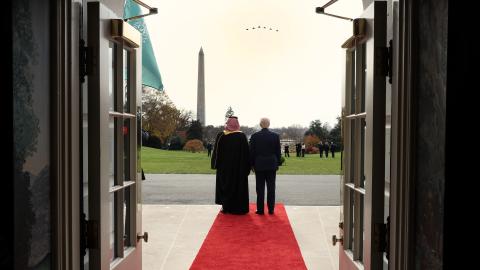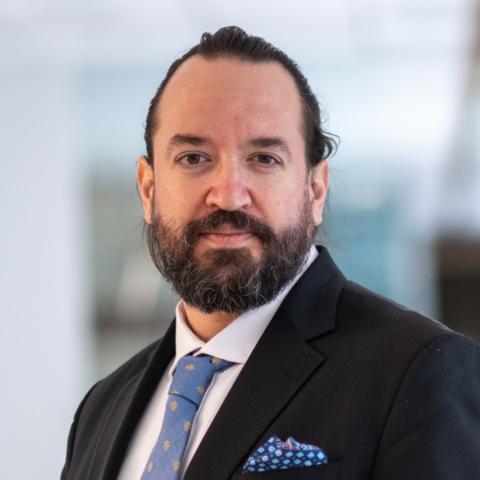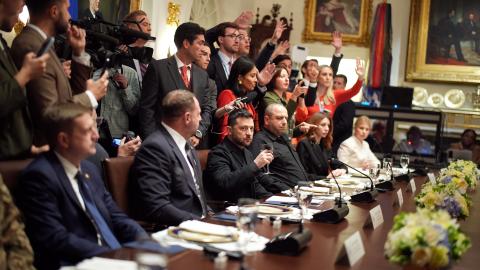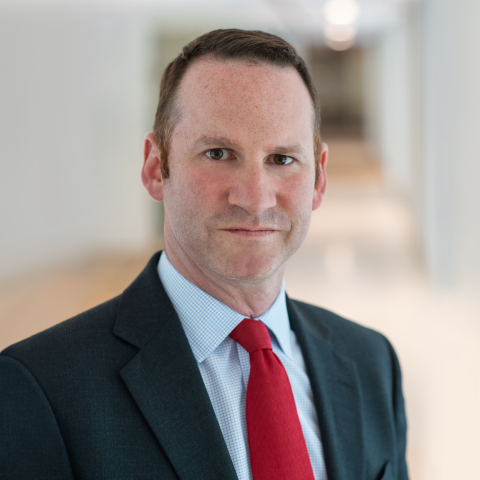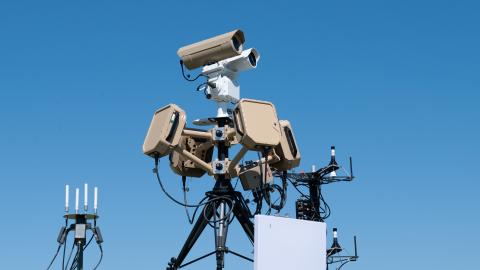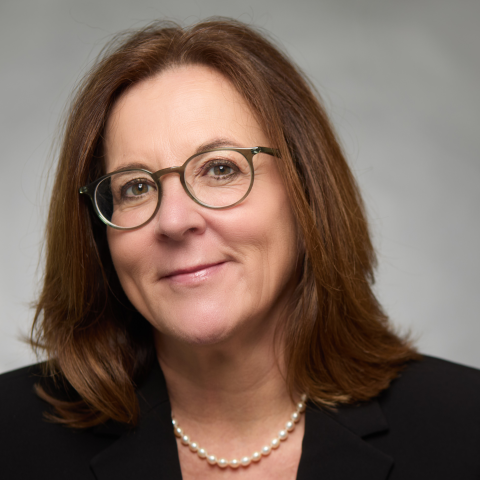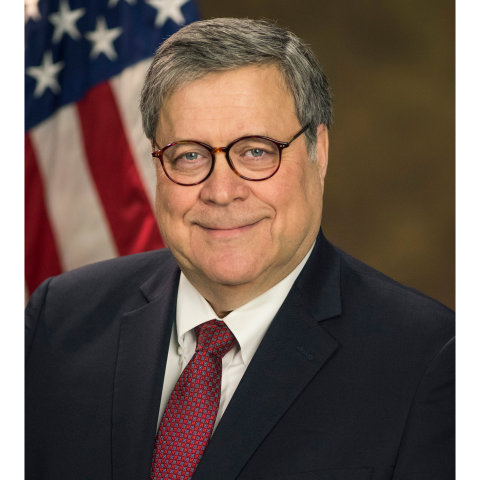America’s public schools took shape in the early 19th century. Advocates believed universal education was best achieved through a unitary system of publicly funded, state-operated schools. They saw these schools performing three critical missions: providing an academically superior education, promoting national solidarity and instilling strong moral values.
How are public schools doing in achieving these original goals? At times over the past 200 years, some schools have performed admirably. But in recent decades, despite the infusion of ever-increasing resources, the quality of public education has clearly fallen.
To start, the declining academic quality is a national scandal. Students’ dismal math and reading scores are the lowest in decades — and the situation becomes even bleaker when scores are compared internationally. American students have not scored at or above the international average in mathematics in two decades. Countries like China, Taiwan, Japan and South Korea have consistently earned the highest math scores.
Our nation’s prosperity and security depend on continued technological leadership, but America’s mediocre educational performance in international rankings signals decline. When an international assessment was administered in 2018, China earned the top score; the United States ranked 38th. America’s reading and science scores remain far below China’s first-place scores. And private-school students — Catholic-school students, in particular — typically score higher on national assessments than public-school students.
In New York, charter-school students are achieving substantially higher proficiency rates than their counterparts in traditional public schools. Public schools are also failing in their second mission. Instead of promoting unity by forging common bonds, they’re doing the exact opposite. Increasingly, schools are adopting curricula and espousing ideologies, like critical race theory, designed to teach students they are divided by unbridgeable differences.
Shared cultural identity, trust between peers and faith in individual effort crumble when students are taught America is evil, white people are inherently privileged and racist and disparate outcomes are caused by systemic racism. Perversely, state schools indoctrinate students with ideologies that challenge the very legitimacy of our nation — explicitly attacking and undermining our Founding Fathers, documents and principles. Public schools are no longer the institutions we can trust to forge an unum out of the pluribus.
By contrast, studies show America’s private and religious schools more effectively instill political tolerance, encourage civic participation, teach civic skills and foster patriotism in students. Indeed, parochial schools have an enviable record of integrating wave after wave of new immigrants into American society — a legacy they still embody today.
Finally, how are public schools doing in fostering moral values? Early public-education advocates believed moral instruction is central to education — and they were right. Education requires not only teaching technical skills; it demands cultivating moral values. But the idea a government institution can perform this moral function was doomed to fail in a country destined to become as diverse as ours.
To be a moral teacher, the state must decide what values it will teach. Yet all values come from an underlying belief system — in America it has been Judeo-Christianity — that explains what it means to be “good.” Inevitably, then, any government school seeking to teach morality will take positions on matters of religious belief.
But it violates the Constitution for the government to promote a particular religious viewpoint or usurp parents’ right to determine their children’s religious formation. Up until the 1960s, public schools finessed this problem by explicitly embracing America’s Judeo-Christian heritage: Curricula incorporated a general form of Christianity into the classroom; the Bible was read; Christian prayers were said at school. These moral values aligned with the traditional religious beliefs of Americans, the vast majority self-identified Christians.
But this changed in the 1960s as religious diversity increased and the Supreme Court demanded schools be strictly “neutral” on religious matters. That spurred aggressive efforts to secularize public schools by purging all vestiges of traditional religion. This left a moral void, and when Christianity was dispatched from the classroom, a new belief system took its place. By the time President Barack Obama took office, progressives had substituted an alternative, secular belief system that justified the values they wanted to teach.
Today, public schools indoctrinate students in radical ideologies — like CRT and transgenderism — that are, at bottom, ersatz religions contrary to traditional religious beliefs. More and more, government-run schools have become cockpits for a vicious, winner-take-all culture war.The first step toward achieving educational excellence is to eliminate the monopoly government-run schools have over publicly supported primary and secondary education.
Parents have paramount authority over their children’s moral upbringing and should be able to choose any academically qualified school that best suits their children’s needs. As in many other Western countries, as long as children are receiving the approved secular curriculum, they should not be denied support simply because their parents have chosen to obtain that education through a religiously affiliated school.
Voucher programs that allow for school choice will reinvigorate education and encourage innovation to serve diverse students’ needs and desires. School choice puts purchasing power into the hands of parents so they can escape failing schools and obtain quality education for their children.
Our children — and America’s future — deserve better.

